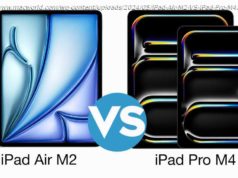Jason Zander on cloud native, Red Hat, and figuring out open source
Interview A curious feature of Microsoft’s cloud platform is that it has two fundamentally different platforms for microservices. One is based on the homegrown Service Fabric, while the other is orchestrated by the Google-originated Kubernetes, available on Azure through the Azure Kubernetes Service (AKS). Both are open source.
How should developers choose, The Reg asked Jason Zander, the executive veep in charge of Azure, when we spoke to him after his keynote at Microsoft’s Future Decoded in London.
Zander’s theme at the event was AI and the “Intelligent Edge”, including the notion that the huge amounts of data generated by sensors in the field needs local processing and filtering as well as integration with cloud services.
There is massive hype around AI, but also massive fuzziness about what it means for individual businesses. Many businesses are engaged in the more humdrum work of migrating applications to cloud native deployments, about which there is more consensus. Why the big focus on AI?
“We’re doing both,” said Zander. “We’ve done a lot of work around cloud native migration. Get your workloads moved, then incrementally evolve. We’ve done the same thing ourselves with applications like SQL Server and Exchange, for Office 365.”
“They are both first-class solutions,” he said. “We’re heavy users of Service Fabric, even to build Azure itself. We wrote it to support ourselves and then made it available.
“If you’re looking for a container orchestrator, especially if you want the integration with the open source community, Kubernetes is an awesome solution for that. What we’ve tried to do with AKS is to make that first class, we’ll do the management for that.
“Service Fabric provides the same container orchestration work but also provides a lot more advanced services on top of that. That includes things like state, highly available state, programming models around that, reactor-style patterns, it has all of those things built in.
“I do expect the Kubernetes ecosystem will catch up and build some of that other functionality.
Home
United States
USA — software We love Kubernetes, but it's playing catch-up with our Service Fabric, says...






